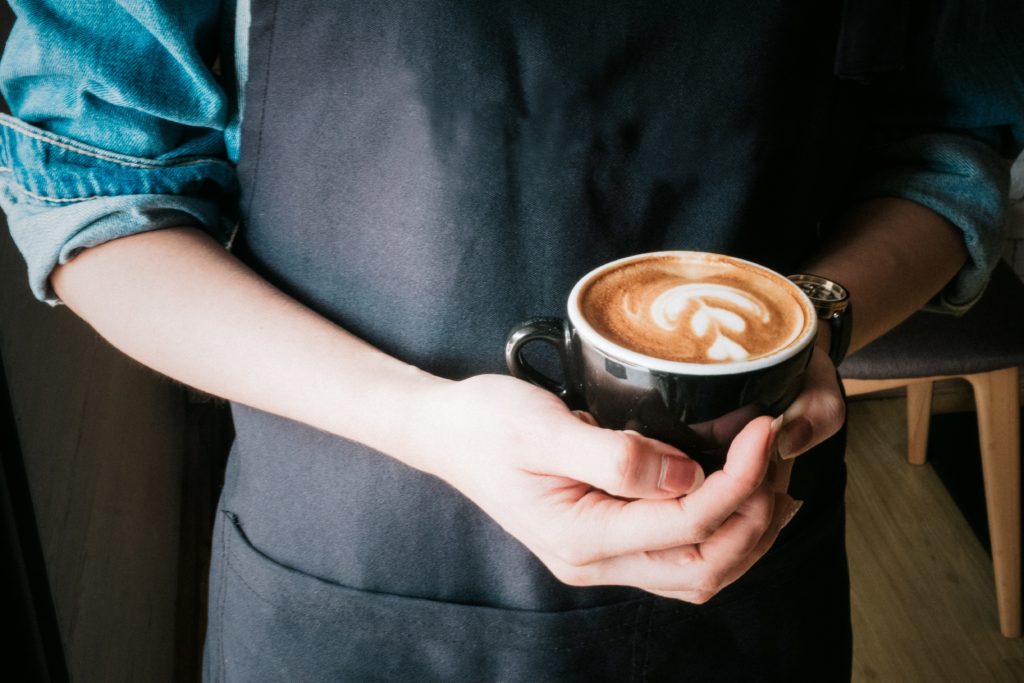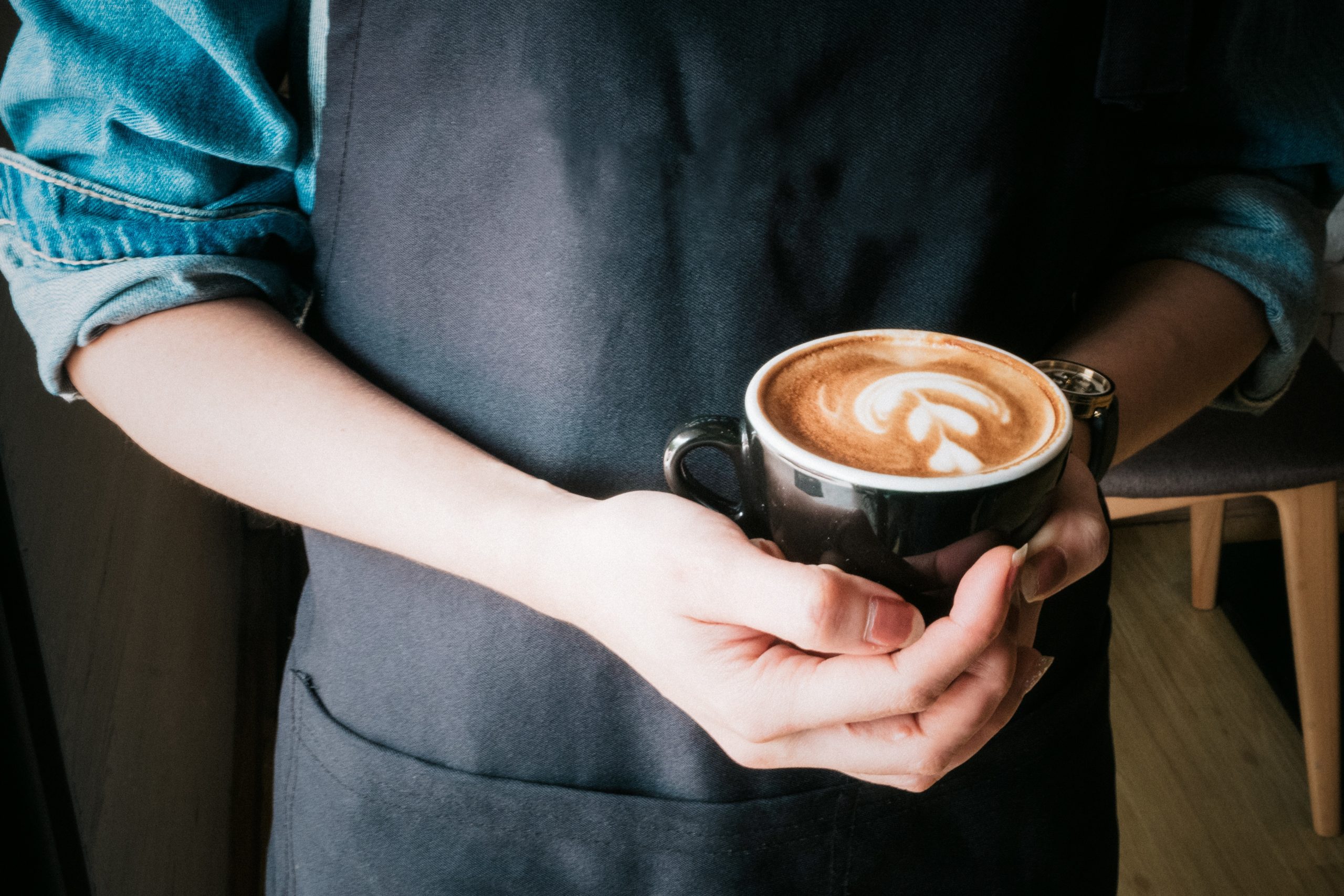
Latte art has become a symbol of the modern coffee experience, transforming a simple cup of coffee into a canvas for creativity. Whether you’re a barista in training or a coffee enthusiast, learning the art of latte can enhance your appreciation for coffee and impress your friends and family. In this blog post, we’ll explore the basics of latte art, including tips and tricks to help beginners master this beautiful skill.
Understanding the Basics
Before diving into the techniques of latte art, it’s essential to understand the basic components: espresso, milk, and the foam. A well-crafted latte starts with a quality shot of espresso and perfectly steamed milk.
1. The Perfect Espresso Shot
The foundation of any latte is a well-pulled espresso shot. Here are some tips for achieving the perfect espresso:
- Grind Size: Use a fine grind to ensure a balanced extraction. The grind size should be consistent and tailored to your espresso machine.
- Tamping: Tamp the coffee grounds evenly and with consistent pressure to ensure even extraction.
- Extraction Time: Aim for an extraction time of 25-30 seconds for a balanced shot with a rich crema.
2. Steaming the Milk
Steaming milk correctly is crucial for creating smooth, silky microfoam that is essential for latte art. Follow these steps for perfect milk steaming:
- Start with Cold Milk: Use fresh, cold milk to achieve the best texture. Whole milk is recommended for beginners due to its higher fat content, which creates a creamier foam.
- Position the Steam Wand: Place the steam wand just below the surface of the milk and slightly off-center to create a whirlpool effect.
- Aerate the Milk: Introduce air into the milk by lowering the pitcher slightly to create a hissing sound. This should only take a few seconds.
- Heat the Milk: Submerge the steam wand deeper into the milk to heat it to around 150°F (65°C). The milk should have a velvety texture with fine microfoam.
3. Pouring Techniques
Pouring technique is where the magic of latte art happens. Here are some tips to help you get started:
- Tilt the Cup: Hold the cup at a slight angle and start pouring from a height of about 6 inches (15 cm) to mix the milk and espresso.
- Lower the Pitcher: As the cup fills, lower the pitcher closer to the surface to create the design.
- Control the Flow: Adjust the flow of milk by tilting the pitcher and controlling the speed of the pour. A steady, consistent pour is key to creating clean designs.
Basic Latte Art Designs
Starting with simple designs can help you build confidence and technique. Here are three basic latte art patterns to try:
1. The Heart
The heart is a classic and relatively easy design for beginners:
- Pour the Milk: Pour the milk in a steady stream, moving the pitcher back and forth slightly to mix the milk and espresso.
- Create the Base: When the cup is about half full, lower the pitcher closer to the surface and pour in the center to create a white dot.
- Draw the Heart: As the cup fills, move the pitcher back and forth slightly, then pull it through the center to form a heart shape.
2. The Rosetta
The rosetta is a more advanced design that mimics the appearance of a fern or leaf:
- Pour the Milk: Begin with a steady pour to mix the milk and espresso.
- Create the Base: Lower the pitcher close to the surface and pour in the center to form a white dot.
- Wiggle the Pitcher: Move the pitcher side to side in a quick, wiggling motion to create the leaves of the rosetta.
- Finish the Design: Pull the pitcher through the center of the leaves to complete the rosetta.
3. The Tulip
The tulip consists of multiple layers and requires good control of milk flow:
- Pour the Milk: Start with a steady pour to mix the milk and espresso.
- Create the Layers: Lower the pitcher close to the surface and pour small dots in the center, stacking them on top of each other.
- Draw the Stem: Once you’ve created several dots, pull the pitcher through the center to form the stem of the tulip.
Troubleshooting Common Issues
Latte art can be challenging, especially for beginners. Here are some common issues and how to address them:
- Large Bubbles in Foam: If your foam has large bubbles, you may have introduced too much air. Practice aerating the milk for a shorter time to create finer microfoam.
- Thin or Watery Foam: If the foam is too thin, you may not have introduced enough air. Ensure you hear a hissing sound when aerating the milk.
- Uneven Patterns: If your patterns are uneven, focus on controlling the flow and speed of your pour. Practice makes perfect, so keep refining your technique.
Advanced Tips and Tricks
Once you’ve mastered the basics, you can experiment with more advanced techniques and designs:
- Etching: Use a latte art pen or toothpick to create intricate designs by dragging through the foam.
- Multiple Colors: Add a few drops of food coloring to the milk to create colorful latte art.
- 3D Latte Art: Create three-dimensional designs by using thicker foam and a spoon to shape the foam into different forms.
Latte art is a beautiful blend of science and creativity that enhances the coffee experience. By mastering the basics of espresso extraction, milk steaming, and pouring techniques, you can create stunning designs that delight the eyes and taste buds. Whether you’re a beginner or an aspiring barista, practicing latte art can be a rewarding and enjoyable journey. So, grab your espresso machine, steam some milk, and start pouring your way to beautiful latte art creations



